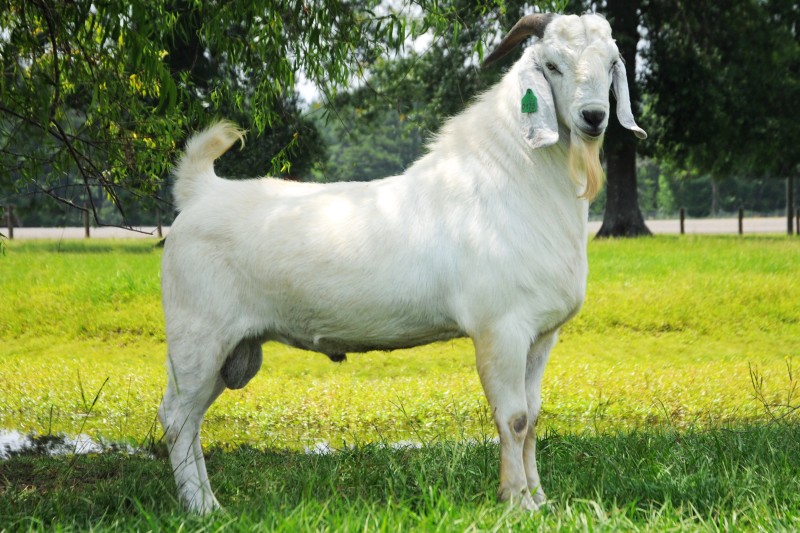We don’t recommend this procedure for any mature goat.
One of our colleagues had such an operation performed after her daughter lost her temper with a doe that was following her, slapped the animal and (entirely by her own fault) impaled her hand on one of its horns. The veterinarian was reluctant to perform the surgery on the grounds that the area surrounding the horns can’t be desensitized with any drug. In spite of the anesthesia and the competence of the vet, the goat was in extreme agony and screamed in pain throughout the process. The experience was traumatic for all concerned, and the owner declared afterward that she would never do such a thing again.
The cow’s horn is made of hard, dead, unfeeling material. The horn of the goat, however, is entirely different: an extremely sensitive tissue composed of hair, blood vessels and nerves. The structure is rigid and strong to prevent painful damage by accident or otherwise, and the exterior coating appears to be relatively insensitive. Nevertheless, the interior and the root area (where the dense nerve matter is concentrated) are as tender as the skin directly beneath the human fingernail. Anyone who has accidentally driven a splinter under his nail can attest to the pain . . . and that sensation would be multiplied many times in the severing of a mature goat’s horn tissue.
If a goat is to be dehorned, it’s best to do so by destroying the horn bud a few hours after birth. This too, however, is extremely painful to the animal, and shouldn’t be attempted without the help of someone who is experienced in the operation.
The usual method is to sear the tissue of the skull with a redhot debudding iron, far enough down to kill the bud. The kid is generally confined in a specially built box which holds it like a straitjacket and leaves the head exposed. The head must then be held firmly by one person while another uses the iron. After debudding, the burned area is treated with a generous application of the contents of 50 ILI vitamin E or wheat germ oil capsules to decrease the pain and promote healing.
If this operation isn’t performed, the horns will grow for some months after the kid’s birth. Once they’ve begun to develop, they can’t be removed humanely . . . nor should it be necessary to do so.
Goats are herding creatures which dislike being alone and appreciate the company of different species if the latter are gentle and friendly. There should be no problem with Joyce’s well-mannered doe unless the other animals mistreat her. Even then-and specifically when attacked by dogs-a goat doesn’t normally use its horns, but strikes with its hoofs or butts with its head.
The horns seem, in fact, to be not so much weapons as a visual adornment like the peacock’s tail, the headdresses worn by some birds,



